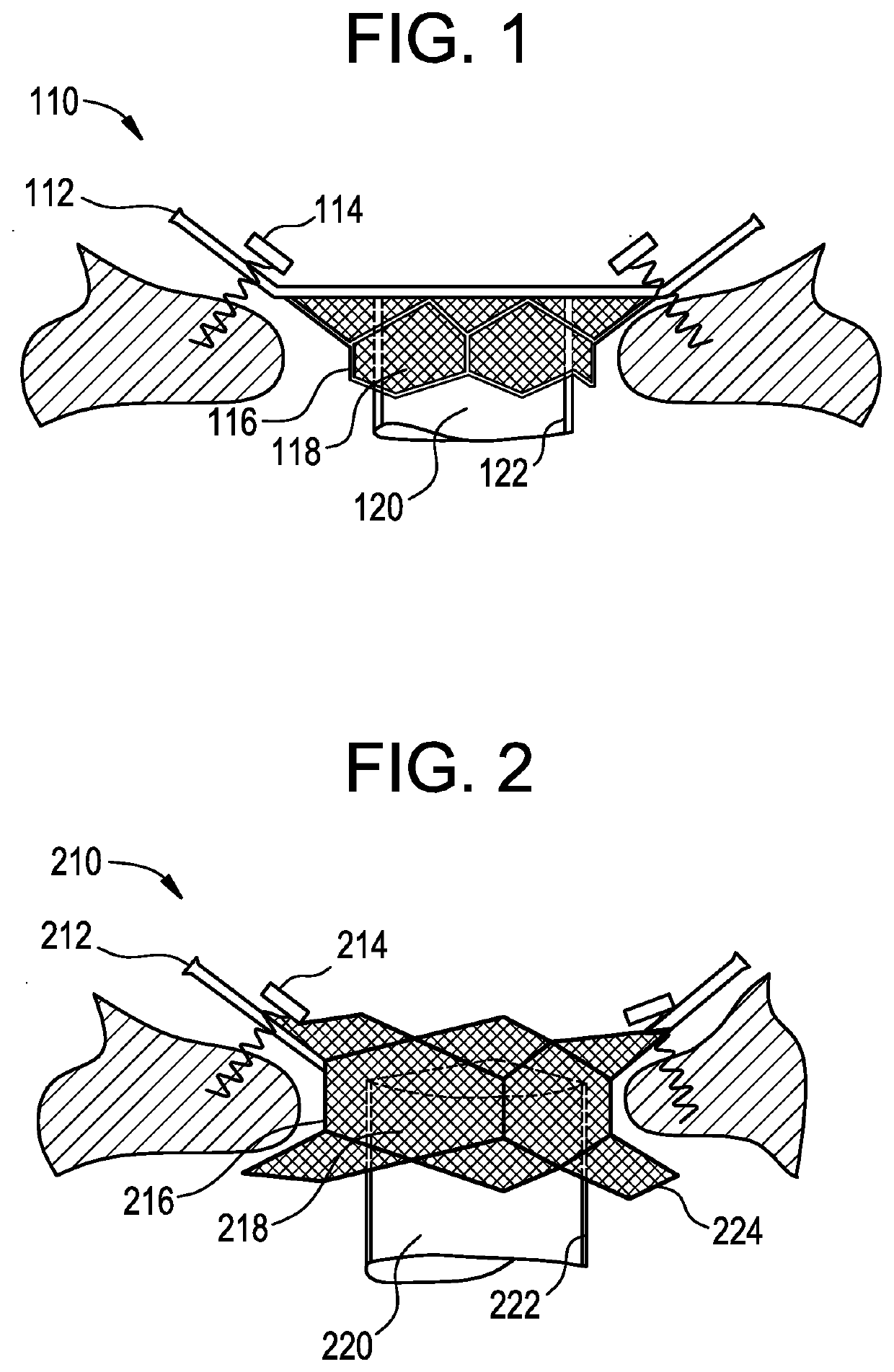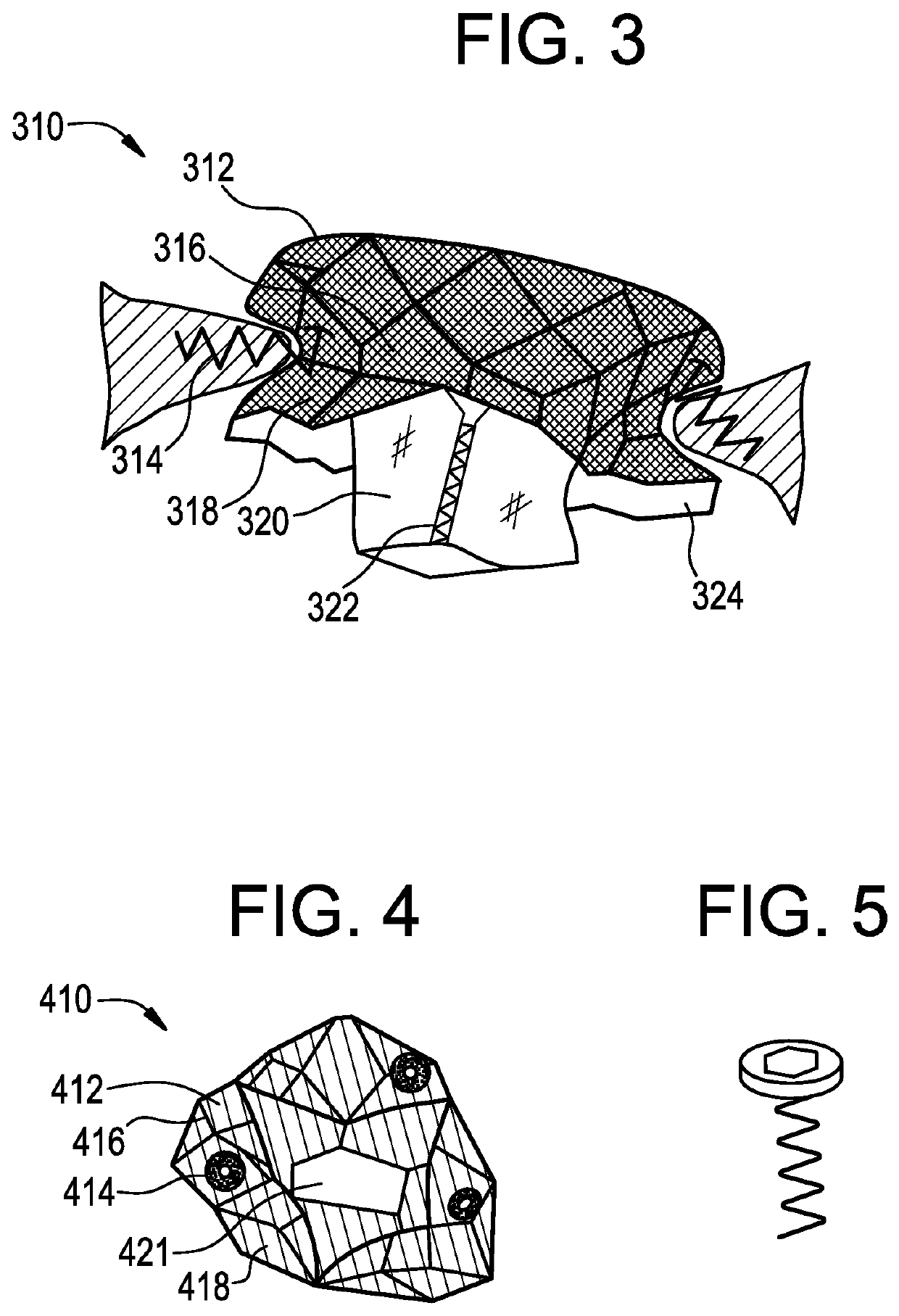Transcatheter Heart Valve with Plication Tissue Anchors
a prosthetic valve and transcatheter technology, applied in the field of transcatheter delivery prosthetic valves, can solve the problems of paravalvular leakage around an implanted replacement valve, enlarged heart, and loss of elasticity and efficiency, and achieve the effect of improving the quality of life and reducing the risk of complications
- Summary
- Abstract
- Description
- Claims
- Application Information
AI Technical Summary
Benefits of technology
Problems solved by technology
Method used
Image
Examples
example
[0108]The transcatheter prosthetic heart valve may be percutaneously delivered using a transcatheter process via the carotid, but both carotid, femoral, sub-xyphoid, and intercostal access across the chest wall. The device is delivered via catheter to the right or left atrium and is expanded from a compressed shape that fits with the internal diameter of the catheter lumen. The compressed pinch valve is loaded external to the patient into the delivery catheter, and is then pushed out of the catheter when the capsule arrives to the atrium. The cardiac treatment technician visualizes this delivery using available imaging techniques such as fluoroscopy or ultrasound, and in a preferred embodiment the pinch valve self-expands upon release from the catheter since it is constructed in part from shape-memory material, such as Nitinol®, a nickel-titanium alloy used in biomedical implants.
[0109]In another embodiment, the pinch valve may be constructed of materials that requires balloon-expan...
PUM
 Login to View More
Login to View More Abstract
Description
Claims
Application Information
 Login to View More
Login to View More - R&D
- Intellectual Property
- Life Sciences
- Materials
- Tech Scout
- Unparalleled Data Quality
- Higher Quality Content
- 60% Fewer Hallucinations
Browse by: Latest US Patents, China's latest patents, Technical Efficacy Thesaurus, Application Domain, Technology Topic, Popular Technical Reports.
© 2025 PatSnap. All rights reserved.Legal|Privacy policy|Modern Slavery Act Transparency Statement|Sitemap|About US| Contact US: help@patsnap.com



